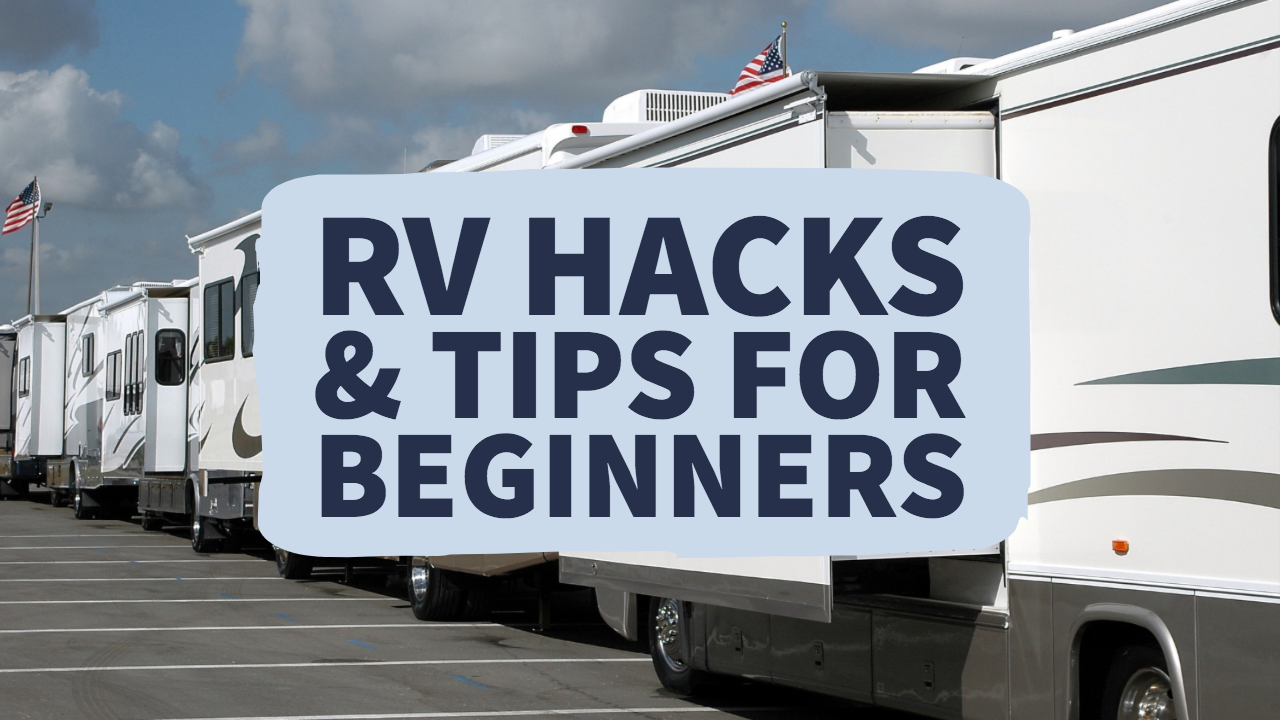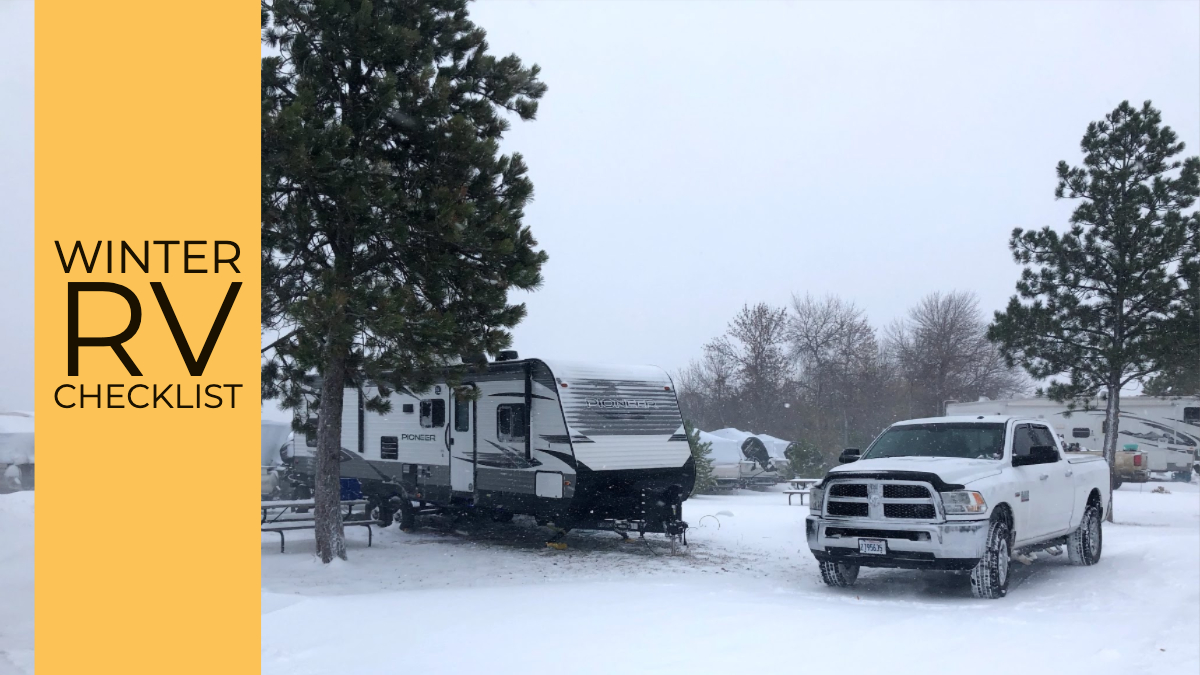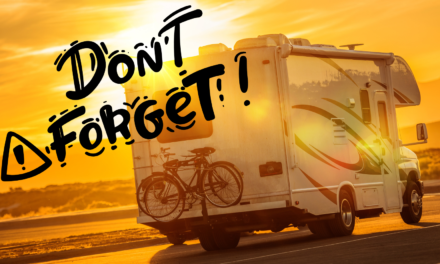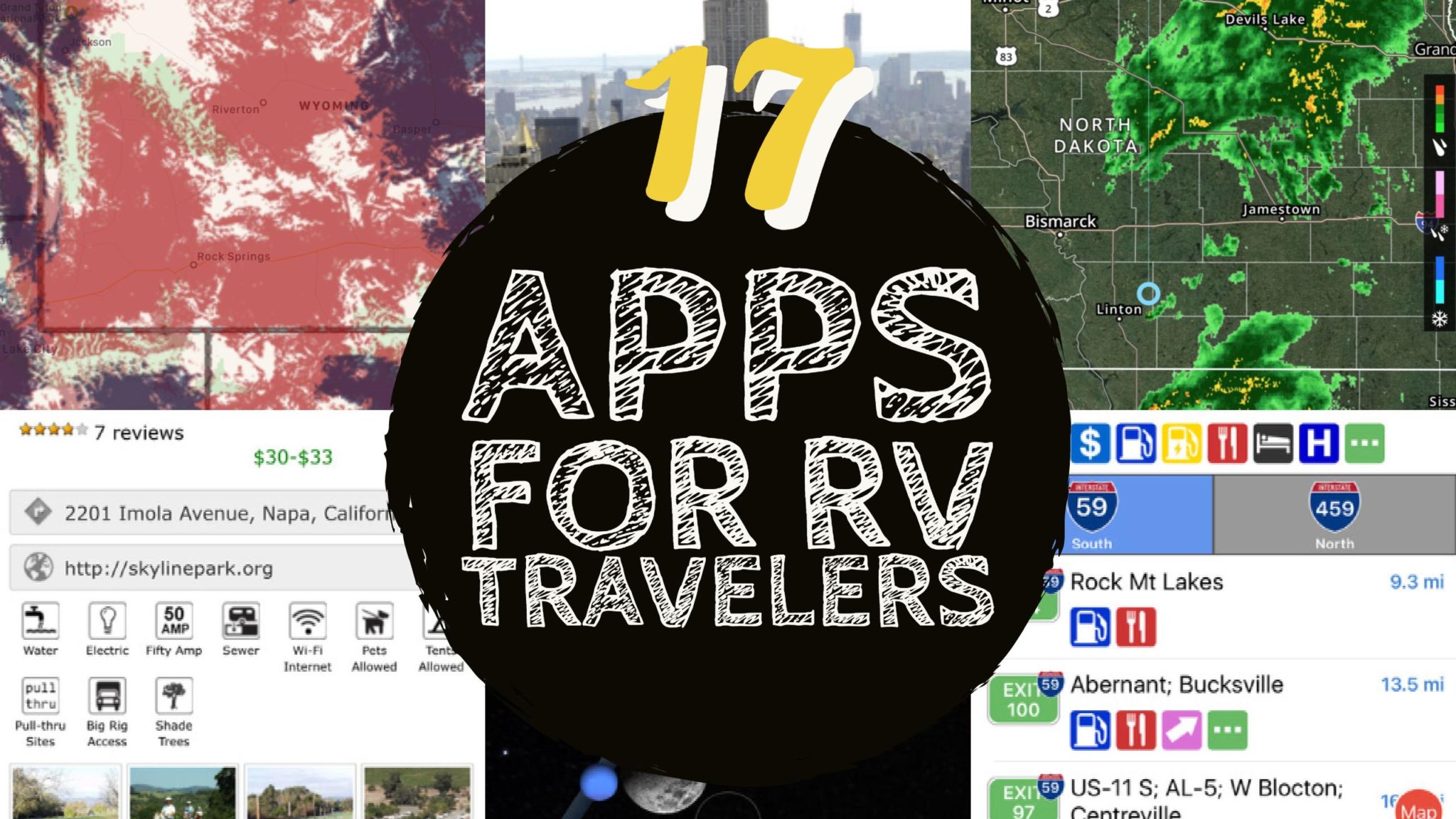by Luca Sumberac, Category Manager at CAMPERiD.com
RV travel is a convenient yet enjoyable way to explore the outdoors, whether you’re alone or with family, friends, a significant other or a pet. If you’re heading on an RV trip for the first time, it’s important to do your research to learn as much as you can about all the different options and resources available. The first trip can be a bit nerve racking, but if you’re equipped with the necessary tools and knowledge, you’ll feel confident and prepared before embarking on your journey.
An RV trip offers elements of comfort and flexibility, as your trip can be altered based on your needs and the amenities you choose. A first step is ensuring that you’ve found the right RV for your specific trip, but that’s only the beginning. There are still many remaining questions you might have, including: What do I do first? What should I know? What hacks can make my trip easier?
Tips for the beginner RV driver
If you’ve only ever driven a car, operating an RV for the first time can be quite the adjustment. To get more comfortable behind the wheel, take a couple of practice drives. Familiarize yourself with the weight of the vehicle and practice turning, braking, parking and maintaining a steady speed. Quiet roads are good practice spots, but large, empty parking lots are even better.
When you’re on the road, it’s important to keep a few safety tips in mind. Before your trip you’ll want to familiarize yourself with the steering wheel and the sensitivity of the gas and brake pedals. RVs are heavy and it takes more time to brake compared to a car. compensate for the extended braking time leave extra room between your RV and other cars in the event you need to stop quickly. It’s also very important to measure the width and height of your RV to avoid getting stuck or damaging your vehicle. When planning your routes, allot additional time to avoid rushing. The most important thing is to drive safely and avoid going above the speed limit. Having the “you’ll get there when you get there” mindset is helpful.
In addition to a few practice drives, it is also essential to make sure you’re seated comfortably. Whether it’s adding an extra pillow, a seat cushion, or adjusting your seat a few times, it’s worth spending the time to play around with different options to see what feels best for you. This will help to ensure your drive is enjoyable.
Preparation beforehand
Every part of the RV should be thoroughly checked and inspected before your departure. If something doesn’t look, feel or sound right, don’t overlook it! It’s better to be safe than sorry and take care of any issues immediately.
Listen to the sounds upon starting up the vehicle, while it’s idling and when shutting it off. Keep a close ear on anything that may sound off. While inside the RV, check that all seatbelts are working and that any mounted items are secure. Next, check the functionality of all doors and windows, and double check that all tires are in good shape and properly inflated. When examining the exterior of the RV for any severe damage, it’s also extremely important to ensure all lights are properly working.
When it comes to the logistics of your trip, conduct your own research and ask for advice from experienced RVers. Regardless of where you gather your information, be sure to create a list, whether physical or mental, of everything you need to do beforehand and bring it with you for a successful trip. Try dividing your list into the following categories; tasks and maintenance you must do first, items you can’t leave without, and useful add on items that can wait until later. List building may sound tedious, but a good list will serve as a record of everything you’ve done, which will help you avoid potential mishaps during the trip.
Keeping your home clean and in place
To keep the RV interior clean, a smart hack is to make sure all travelers pack a pair of “inside shoes.” Slippers, recreational sneakers or really anything that hasn’t been worn outside will serve as a great choice to ensure dirt, mud, and leaves are left outside. This way, you won’t have to worry about cleaning up excess mess.
Since you most likely are going to encounter bumps in the road and additional stopping, it’s important to ensure all items are secure – particularly items containing garbage, food, and any items that should be kept in a sanitary spot. When it comes to the bathroom, items such as toothbrushes, toiletries and trash bins should be stowed carefully. Any container used as a trash can should be sturdy and have a secure lid to avoid trash from spilling. One trick to keeping your bin in place is to wedge it between adjacent items to keep it extra secure. Be sure to place additional trash bins in the bathroom and scattered throughout the RV to make clean up extra easy.
Additionally, bringing travel sized containers of cleaning supplies and extra paper towels with you on the journey will come in handy to help keep your space clean and tidy. If you’re taking the kids along, you can never have too many cleaning supplies. One item to keep an abundant supply of is wet wipes. They’re great for cleaning a variety of objects or even your hands, as a bonus they also help conserve water use!
Maximizing your space and getting creative
After your packing list is all set, think about any additional bins, containers, or cases that could help maximize the space in your RV. There are many storage hacks that can save time, money, and make it easier to access certain items by eliminating clutter.
One item worth investing in is sturdy command hooks. They are great for hanging towels, jackets and other larger items. They can be placed on either side of doors and on any open wall space to avoid overstuffing drawers.
For toiletries specifically, any storage device with suction cups will be your best bet since they’ll maintain a strong grip on mirrors and shower walls. If you prefer not to use suction cups, organize all toiletries and medicine into a small bin or container and place in a secure area to keep it in place.
For any closets, be sure to secure items with rods and hangers and consider organizing the open space with multi-drawer storage bins for clothes or other miscellaneous items. Get creative with your storage solutions, putting in the effort now is not only fun, it’s worth it!
Once you have all of your necessities, it’s time to personalize the interior of your RV. For the duration of your trip, the RV will be your home and you’ll want to make sure it’s a cozy and welcoming space. Placing photos, decorations and tablecloths that fit your style will make it feel more like home.
Other helpful hacks
When you’re on the road, it’s important to be mindful of the plumbing system. Saving water and preventing any maintenance issues should be a top priority. One helpful tip is to utilize any and all resources that are available on RV parks and campgrounds. They are there for a reason and although it might not feel as comfortable as your own space, they’re usually helpful. Resources such as WiFi, air conditioning, and extra space (great for a change of scenery) are usually available, so take advantage!
When you arrive at an RV park or campground, keep in mind that some parking areas could be better than others in terms of sun exposure and room for slide outs/camp furniture. If you’re in a sunny spot, bring a tarp to attach to your RV to avoid direct sunlight. Sitting in the sun can be very nice after a long hike, but it’s important to be mindful of too much exposure to avoid any of the painful consequences.
Additionally, another important aspect to think about is entertainment while on the RV. Bring as many items as you think you’ll need, including magazines, books, board games and electronic devices to stream shows and movies while on the road. Especially if you’re traveling with children. You’ll need to keep them entertained while driving and after it gets dark at a campsite.
After the trip
When you’re back home and settled, clean everything and remove any perishable items or trash before storing the RV away. This will guarantee a clean RV and a smoother trip for the next time. While your most recent trip is fresh in your mind, it’s helpful to take a minute to think about what you would’ve done differently to be better prepared and make note of it for when you go on your next trip. Keep in mind that it may take a few trips to really figure out what works the best for you and what you might want to alter the next time around, but always be sure to make the most of each and every trip!








